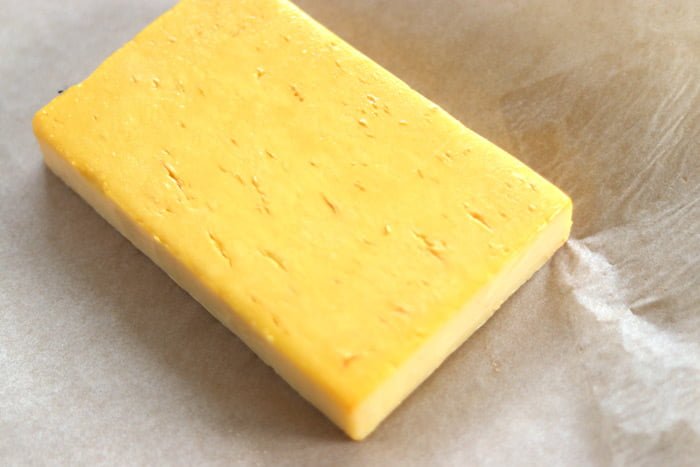What are the differences between cold and hot smoking, and when should you use each method? Our backyard cooking guide is here to help.

From briskets and pork butts, to whole turkeys and salmon, there are so many cuts of meat that are greatly enhanced (or even improved) with a little smoke.
The low and slow cooking method mixed with beautiful smoky flavors and woods all come together to create one of the best types of meat out there.
While both types of meat prep, cooking with cold smoke and hot smoke are greatly different.
So what are the differences between the two? What meat goes best with which? In this post today I’m going to let you know the key differences, how to do both, and even discuss the debate over smoking meat at home.

What is cold smoking meat?
- Cold smoking refers to a method of preserving meat to extend its shelf-life.
- Temperatures are usually below 90°F and the process can take anywhere from a few hours to a few days depending on the food being smoked.
- Cold smoking can be achieved in regular BBQ smokers using a cold smoke generator.
- The temperature, natural low acid level of meat, and lack of oxygen make conditions ideal for botulism spores and other bacterial growth. It’s for this reason that precision control and precision tools are essential in producing meats that are safe to consume.
- Cold smoked meats are always cured with a sodium nitrate. As a result, many products can be kept for months without refrigeration.
- The meat being cold smoked is held in an unheated chamber while the smoke pumps in from an external firebox.
- One of my favorite meats to cold smoke is salmon. Learn how to cold smoke salmon here.
What is hot smoking meat?
- Hot smoking refers to a cooking technique that uses both heat and smoke to produce ready-to-eat meats and other dishes.
- Temperatures for hot smoking are well above the 140°F danger zone and usually range between 190°F and 300°F. Cooking times vary depending on the size of the meat, but it generally takes anywhere from a few hours to a day.
- Since the meat is served immediately, proteins being hot smoked don’t require curing. However, the meat may be injected with a marinade or soaked in a marinade several hours before a cook.
- Hot smoked meat is held in the same chamber as the burning wood and heat.
- Some of the best meats for smoking are brisket, pork butt (also known as Boston butt) and pork ribs.
Smoking Meat at Home
When it comes to hot smoking meat, a grill master simply has to master the art of cooking to a safe internal temperature. Once it’s reached the right temp, all bacteria have been incinerated and the product is safe to consume.
Cold smoking, on the other hand, is far trickier and leaves little room for error. It’s a precise process, which means a grill master must painstakingly learn to measure salt and preservatives accurately, control temperatures consistently, measure the internal temperature with high-quality thermometers, cool the chamber properly, and store the meat safely. Since it doesn’t take much for bacteria to grow in a cold smoking environment, there’s a far greater risk when cold smoking is done at home by an inexperienced griller.
The bottom line: unless you’re smoking cheese or you know exactly what you’re doing, cold smoking meat is probably best left to the pros. We do encourage badassery, however, so there’s no reason you can’t learn to do it correctly and safely.
Have you ever attempted to smoke meat or other foods at home? What’s your favorite smoked meat? Let us know in the comments below!









